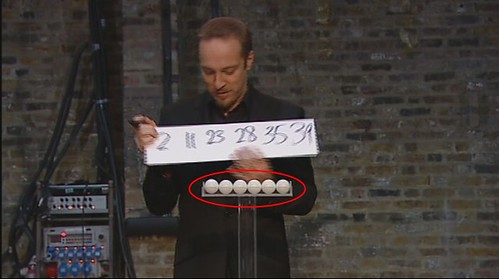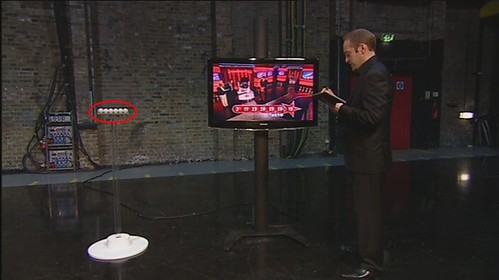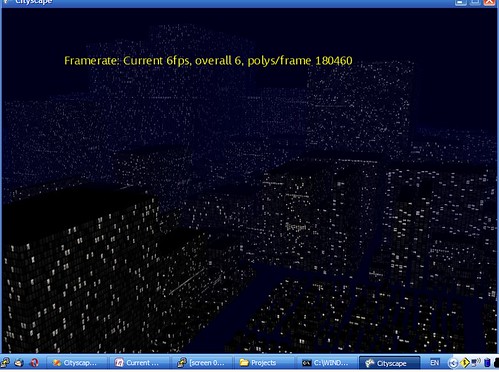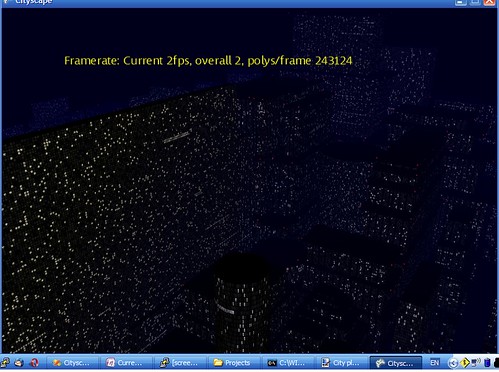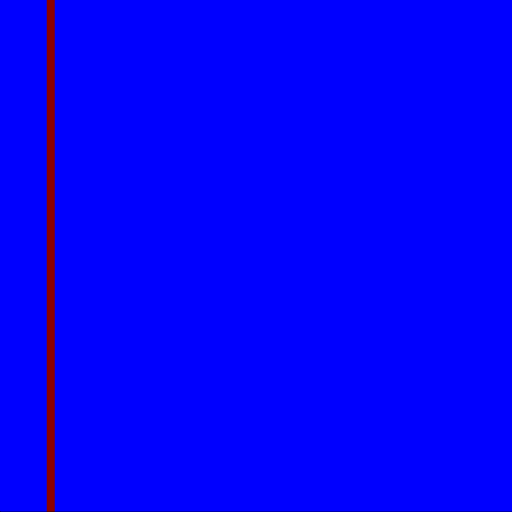It’s been a while. It feels longer, as I turned 30 since my last update, so happy birthday me. It’s all downhill from here. I’ve still been working on this darned city, though, and here’s a screenshot to prove it:

So, what do we have since last time? Well, building on update 10, where I clarified the box-building code by assembling boxes out of 5 panels (I ignore the base, as my intent is to always have the camera high enough that you can’t see the bottom of a box), I’ve actually introduced columned boxes. To see what I mean by this, see the following diagram:

There’s two ways of creating a columned panel; either way, we can specify the width of the windowed panel, and the width of the spacer columns. Then we either specify the desired number of windowed panels (easy to do, harder to use), or the desired width of the whole panel (which is harder to do, as I discovered, and obviously means that some compromise has to be reached if the desired width is not exactly achievable with the panel widths supplied). The algorithm I use essentially ensures the whole panel is symmetrical about the mid-point, and won’t ever have two blank column panels next to each other. The implementation is a bit yucky, but you can check it out in BuildingBuilderPanels.cs in AddColumnedPanel() if you’re interested.
That done, I set about making panelled boxes, with exactly the same sizing options as before, and then from that made a “Classic” tiered building design, as you can see in the screenshot above. This is an extremely customisable building type, and takes a ton of parameters on construction. Basically, each tier is slightly smaller in width and height than the one below it, and is separated by a black spacer block, which can overhang the blocks slightly. All the box sizes are rounded to integer numbers of stories and window-panels, and (for the moment) stretched textures aren’t allowed, although I might bring these back in if I can figure out a clean way of doing it. I’ve also added a simple routine to add some rooftop furniture, but I’m not totally happy with this yet – it doesn’t really stand out enough for me.
If you check out the latest revision, you’ll also see the very, very early phases of some particle code that I’m going to be using for things like streetlights, cars and lights on top of buildings – these will just be simple billboarded particles, not actual light sources (although maybe I’ll change to deferred rendering later and have them as actual light sources… or, maybe not!) and I hope to have them in some time in the next few days.
I’ve also spaced out the buildings a bit more – it means there’s blue gaps in the world now but I think the city looks a bit more natural spaced out like that; my city planning code is still extremely rudimentary, so needs quite some work doing on it, anyway.
The latest revision in the Bazaar repository is 37 now – check it out and see what you think.


